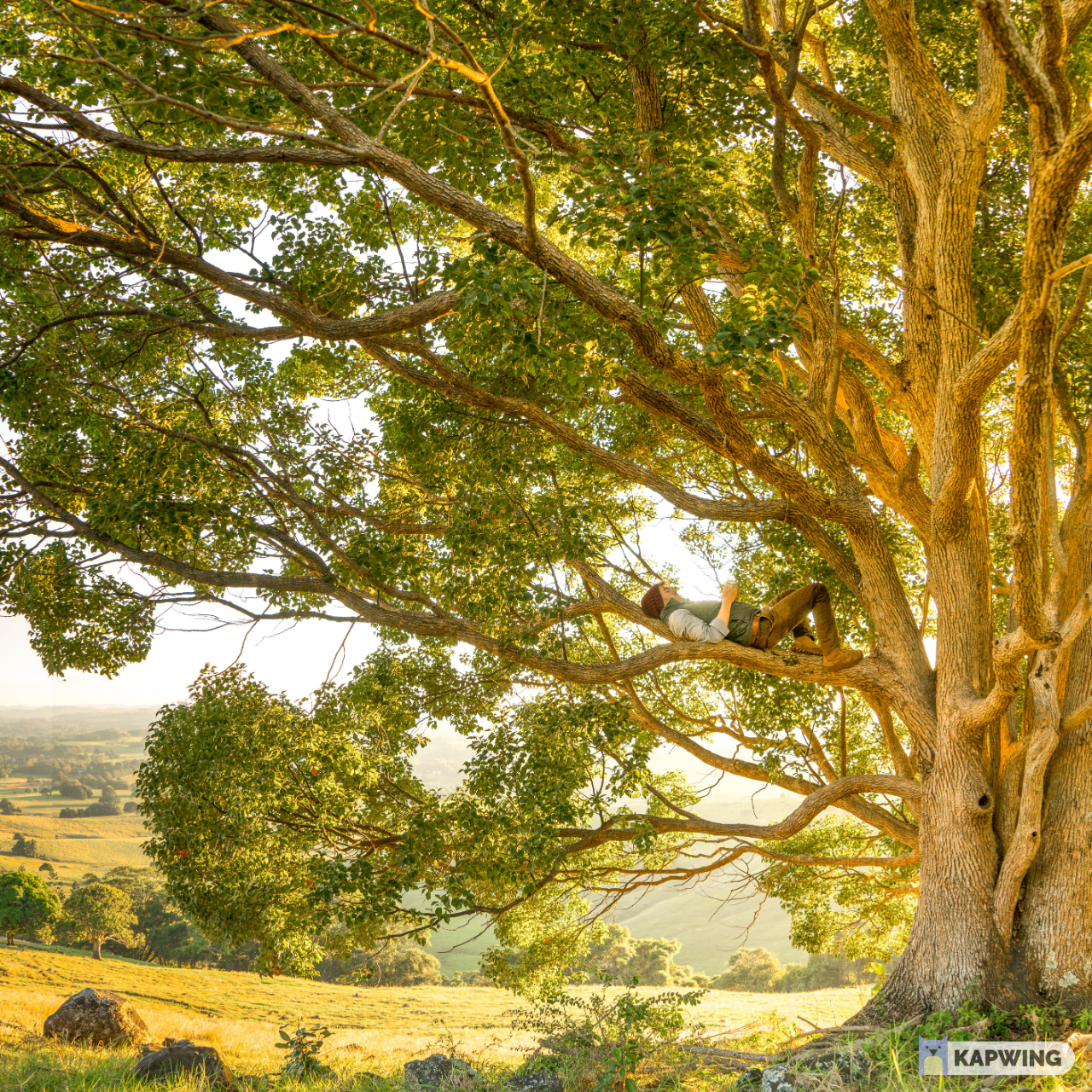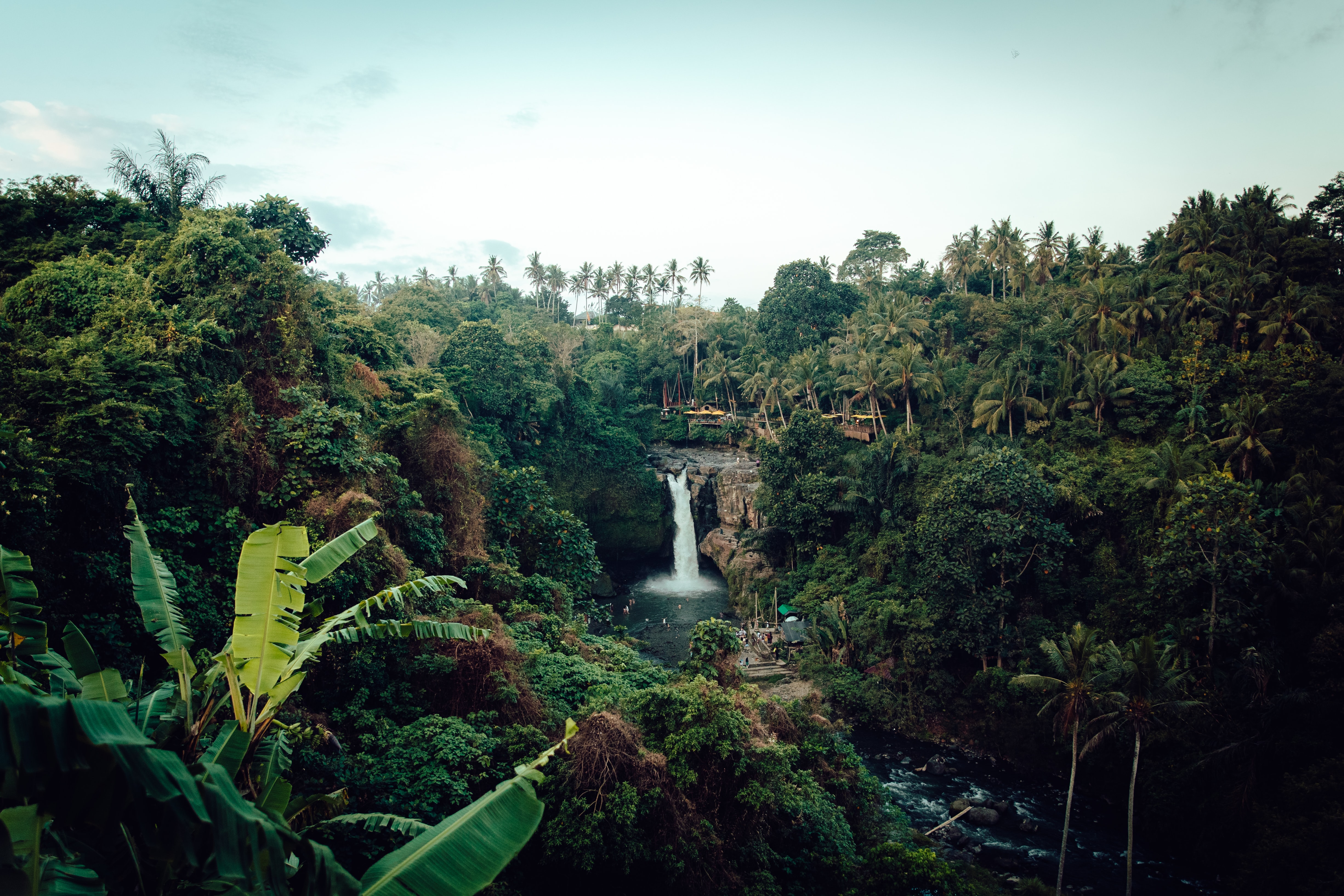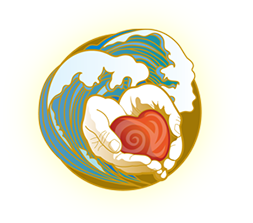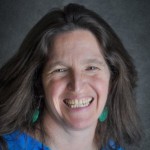
Our mission at the School of Inner Health is to provide high-quality, body-centered instruction that supports students in facilitating healing in themselves and others. Our courses explore the subtle and intricate layers of relationship building. We teach students how to develop embodied biodynamic skills of presence and relationship with the aim of cultivating both effective practitioners of bodywork and people capable of recognizing and interacting with the living world both inside and outside the body.
Our mission is bold and necessary. Our courses teach students how to recognize and contact essential and ever-unfolding life forces in the body. These same forces are also present in the world. We ask each other what we each need to do inside ourselves as Biodynamic Practitioners to cultivate a relationship with the living world both inside and outside our body.
Life matters and matter is alive. As a teacher of Biodynamics, and particularly Biodynamic Craniosacral Therapy, I have watched my students initially unable to recognize this aliveness in themselves or others. I have seen them challenged to transform the knowledge they gain from an anatomical picture to the aliveness of that same anatomy in their own or their client’s body. I understand. It took several years of bodywork and conscious intention for me not to superimpose an anatomical image on the living body under my hands.
Making relationship with the living world is different than making a therapeutically useful relationship in a cranial context, but both use similar tools of patience, permission, relationship and perception. And both require the practitioner to move beyond the ways they have been taught to perceive the world, specifically how our culture does not teach nor support us to see the world as alive.
Of course, those trees outside your window are alive, but how often do you remember that? Have you considered their presence? Do you engage with them as living beings? Do you ever consider what they know? Greet them when you wake up? Consider them as sharing space with you?
Trees stand in one place for decades. I once sat in the same spot on a hillside for forty- eight hours and on the second day began to see the trees in ways I had never seen them before. I saw them relating to and communicating with each other. I saw a small tree as the child of the one just up the hill from it. I watched the trees respond differently to rain and reach for raindrops. As I wrote that sentence, my daughter came running in to tell me it was raining. Her timing reminding me that the living world outside can easily come inside, communicating through my daughter to remind me as I write about the memory of rain on a hillside, that the rain is here now and the living world is listening and responding always.
It’s a strange shroud, the deadening that has enveloped us. The world is not dead, we are unable to see its aliveness. A few weeks ago, my daughter reported that her science unit was discussing water and soil as abiotic or non-living. She was despondent and could not understand why her teacher would say this, why anyone would say this! Yet this is the false story we have all bought for generations.
How crazy is it that we are not able to see the world as alive?

It is insane! And detrimental, to our bodies and the planet. The relationship to life that a Biodynamic Perspective (link to https://www.schoolofinnerhealth.org/what-is-biodynamics/) cultivates supports people to engage the world around them as alive, intelligent and capable of conversation. Students become capable of recognizing life communicating with itself inside the body and classroom and carry this knowledge to their interactions with the natural world. As Biodynamic practitioners, we have the tools to know every human and non-human living being as Intelligent in a way that is bigger than our minds can comprehend but which our bodies deeply recognize. When we experience this recognition, we remember what we have always known in our bones, regardless of our ancestral heritage, that the world is alive, and we are a part of the living world.
The tools of Biodynamics are not easy to sharpen. They take time and practice, individually and culturally. In our courses we begin by deepening our sense of where we are sitting, literally feeling the chair or ground under us. This is a practice that I was taught by my Craniosacral mentor Anna Chitty, and I have also woven in understandings gained from decades of study with another mentor of mine, Martín Prechtel, whose teachings are at their core about cultivating the remembrance of the world as alive and building the muscles to meet the grief of such an existential and impactful cultural separation.
What is your relationship to the ground you are standing on? Do you sense its aliveness? What do you know about the land you live on? Have you wondered who was here before you? Do you live in a place where these stories are known? Are you willing to feel into the unknown of where you are and all that arises in you from there? What would it take to know more about where you are right now?
While this may not sound relevant to Craniosacral Therapy, it thoroughly is, because the same questions can and need to be asked about your relationship to your body, which is also a home you inhabit. Consider your relationship to your body. Pause and sense in. Do you sense your own aliveness? Where? Pause there. What sensations do you notice? It is fine if there are multiple sensations. Which ones feel both alive and clear? Follow those. See what happens. Consider how you are literally made from your ancestors. What postures and looks, and behaviors do you know were also someone else’s in your lineage? Where do you feel physically connected to the people you descend from just now? What would change if you could feel this connection more often?
What does it take to make and maintain contact with life? What tools do we need? How can we learn to notice, grow and engage in a dynamic interactive relationship with the living world? These are big questions with more than one answer. But one thing is certain: we can begin this inquiry today from right where we are.

